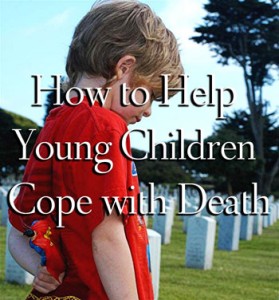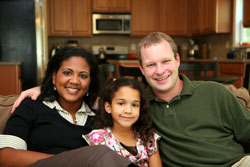When you have marital problems, it’s natural to focus on the negative and wonder “What was I thinking when I married my spouse?” In fact, that’s probably a very large contributor to why things are not going well. One simple thing that you can do to help take the edge off of your mental hostility toward your partner is to get in touch with what you were thinking when you two got together. Take some quiet time to really think about this. You might even want to start a list, and add to it every now and then when you remember something. If you have trouble with this, it may be that you have been married for 40 years. If so, congratulations! If not, then it is likely that your negativity is making it hard to recall these feelings. You have to move yourself into a different emotional space and take off those crap-colored glasses. These glasses are a huge obstacle to marital satisfaction anyway – you might as well make a few cracks in them.
Answer these questions to yourself:
- What initially attracted you to your partner?
- What did you tell your close friends or family about your partner?
- What kinds of strengths, talents, or qualities did you partner have that interested you, amazed you, or were totally opposite of your own?
- How did you two meet?
- What kinds of things did you used to do together, in the early days?
- In what ways did your friends or family see you two as a good fit?
- What were the things that made your knees weak, heart flutter, cheeks flush?
Be careful not to use this list as a comparison for how badly things have gone downhill. Once you have thought about these or even added other things, sit with that warm affectionate feeling for a while. Take a vacation from your current hurt. You may find that this helps you to be warmer and more receptive to your partner. It can’t hurt!
 On December 20th, a childhood friend of mine was killed in an accident. Her nine year-old daughter Sarah was orphaned just before Christmas. A tragic and sudden death leaves everyone reeling. Knowing how to help young children cope with death can be difficult given that everyone else is also in crisis. The adults have to function, and the child has to be cared for. Most adults don’t know how to talk to children about death, and don’t know what is and what isn’t normal in the grief process. The subject of children and grief is vast, but this is what you can expect with young children ages 0-9, and how you can help them in their grieving.
On December 20th, a childhood friend of mine was killed in an accident. Her nine year-old daughter Sarah was orphaned just before Christmas. A tragic and sudden death leaves everyone reeling. Knowing how to help young children cope with death can be difficult given that everyone else is also in crisis. The adults have to function, and the child has to be cared for. Most adults don’t know how to talk to children about death, and don’t know what is and what isn’t normal in the grief process. The subject of children and grief is vast, but this is what you can expect with young children ages 0-9, and how you can help them in their grieving. Simple Steps to Create Healthy Relationship Change
Simple Steps to Create Healthy Relationship Change Relationship Change: The Power Is Yours
Relationship Change: The Power Is Yours The Steps to Healthy Communication Can be Simple
The Steps to Healthy Communication Can be Simple